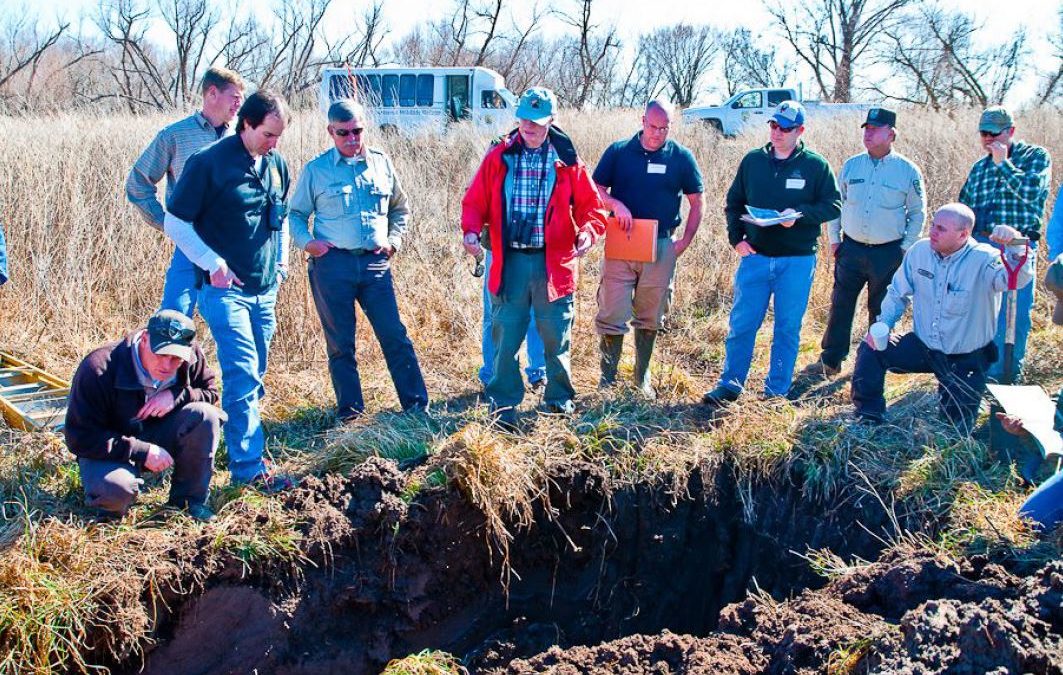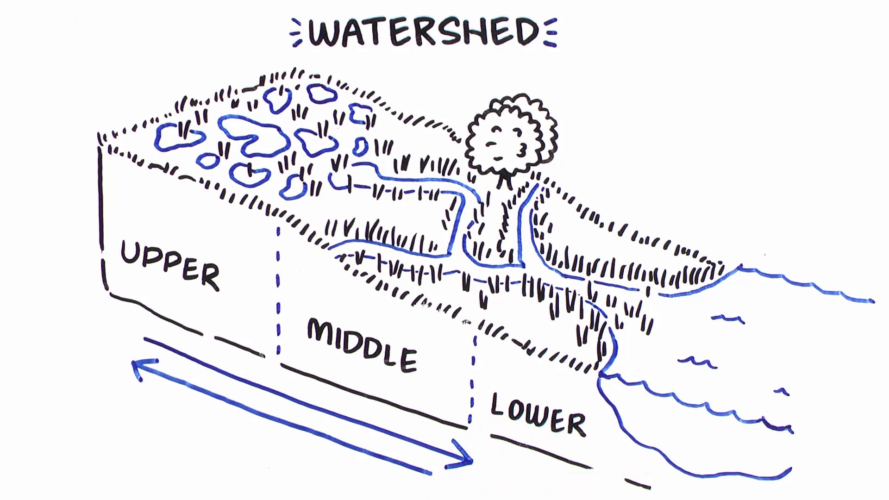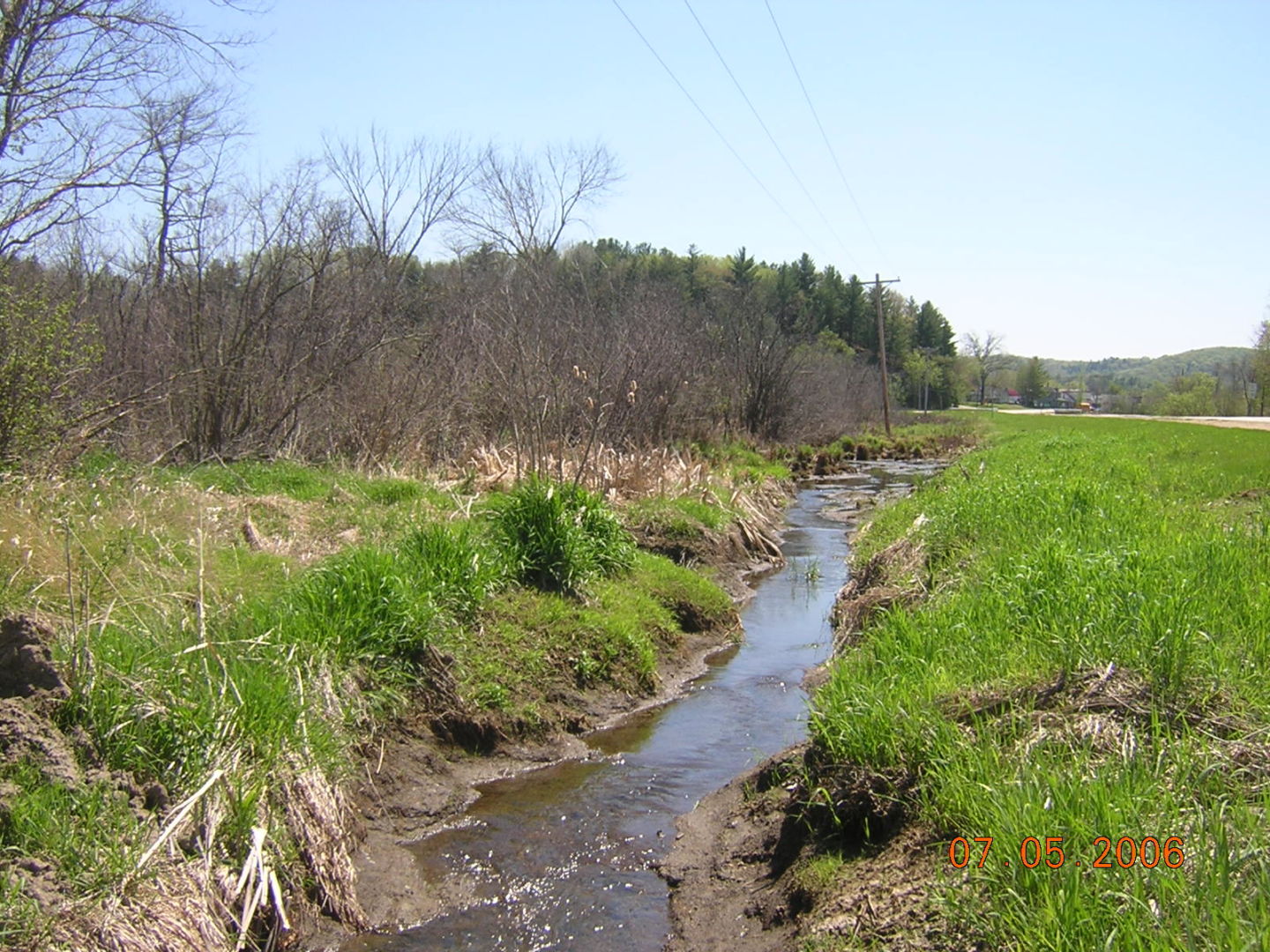The Wetland Review Process:
A collaborative approach linking people, habitat management, and biological outcomes across public and private lands
How do wetland managers make decisions about how best to care for the wetlands for which they’re responsible? And how can these managers incorporate hydrology, soils, landscape context, and other important factors to improve the success of their efforts?
Wetland Reviews are one way to help wetland managers make these important decisions. Wetland Reviews offer a collaborative approach, linking people and habitat management to desired outcomes for wetland communities and the flora and fauna that call them home. While Wetland Reviews are typically applied to wildlife areas and other protected land, they can be carried out for any wetland.
A key component of the Wetland Review process is focused consideration of the physical setting within which the wetland lies (including the broader landscape and geomorphology). Ecosystem function is another important factor considered during a review. And the diversity of participants in the process is critical: reviews are organized and facilitated by a multi-disciplinary technical team. Participants from a variety of professions and perspectives, including biologists, hydrologists, managers, and other conservationists with a stake in wetland preservation, management, and restoration make up the review team. The review process itself builds relationships among these different individuals, strengthening conservation efforts beyond the site under review. Participants in the Wetland Review exchange technical information, work to improve critical thinking and assessment skills, and develop habitat objectives that are based on the physical setting and functioning of the system and that provide resources appropriate life history stages of target species.
Wetland Reviews emphasize the physical landscape and abiotic processes as well as the relationship of these factors to wildlife habitat. Wetland Reviews do not provide a cookbook of wetland management techniques, but rather provide guidance for managers to look at the big picture, integrating abiotic and biotic conditions that influence management success. Typical questions examined during a review include:
- How does the habitat provided at a specific wetland fit into a matrix of available habitats within neighboring areas?
- What historic processes once affected the site and are these processes still available, or can we mimic these processes within the current modern context?
- Are wetlands providing a suitable amount and configuration of habitat for the species that use them?
- What are existing pressures on the wetland, what alterations have occurred in the wetland and the landscape around it, and what pressure do we anticipate in the future?
By investigating these types of questions together, participants in the Wetland Review can increase their knowledge of the site and processes and can use this knowledge to both improve wetland management and apply creative conservation measures. Through the collaborative process, Wetland Reviews empower managers with potential actions that work within the landscape context of the site rather than trying to apply management to produce desired habitat that is inappropriate to the context. Ultimately, management that works within the biotic and abiotic context of a site will be more cost-effective and more successful.
Thanks to Paul Tashjian (Audubon New Mexico), Leigh Fredrickson (Wetland Management and Educational Services, Inc.), John Vradenburg (US Fish and Wildlife Service), and Adonia Henry (Scaup & Willet LLC) for their work developing and testing the Wetland Review methodology and approach. Thanks also to Drew Fowler for providing content for this blog and for his efforts to bring Wetland Reviews to Wisconsin.
Related Content
From the Director: Working toward a big vision, one project at a time
Changes to our land, challenges for our waters




